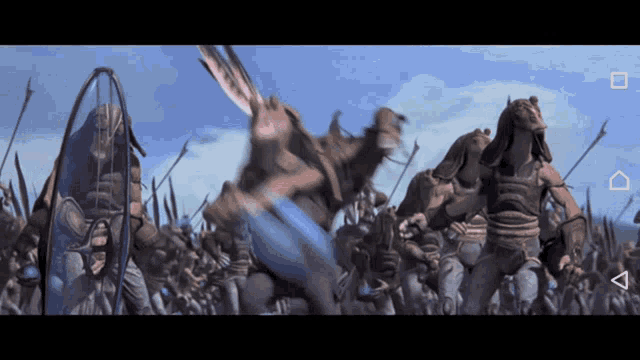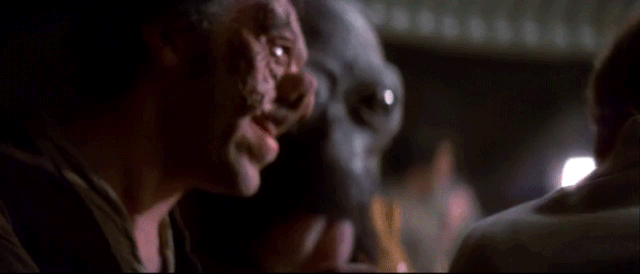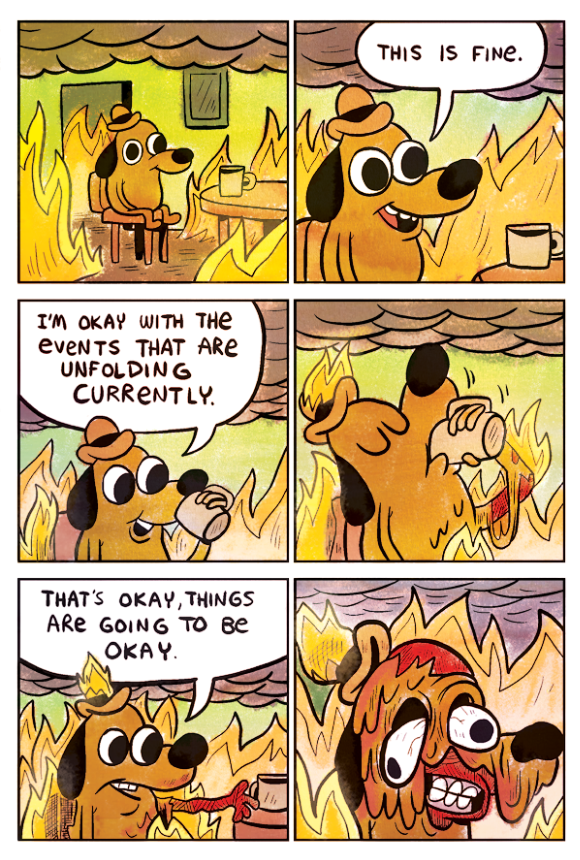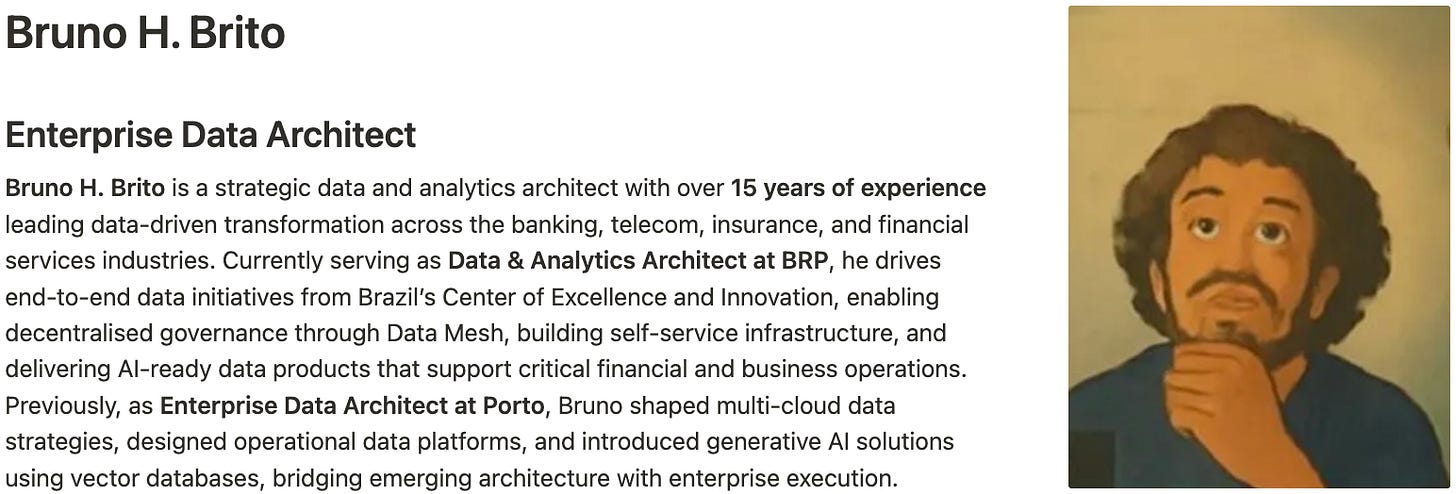As We May (Re)Think | Escaping the Modern AI Hype Cycle
Why an 80-year-old essay holds the secret to navigating the behind-the-scenes of increasingly complex AI and Data Systems; Bonus for Star Wars experts
This piece is a community contribution from Bruno H. Brito, Data & Analytics Architect @BRP, with over 15 years of experience across finance, telecom, and insurance. With deep expertise in data strategy, solution design, and corporate architecture, Bruno connects business needs to data innovation, often leveraging AI and decentralised data models like Data Mesh and Data Products. We’re grateful for his contribution and his commitment to sharing knowledge with the MD101 community.
We actively collaborate with data experts to bring the best resources to a 10,000+ strong community of data practitioners. If you have something to say on Modern Data practices & innovations, feel free to reach out!
🫴🏻 Share your ideas and work: community@moderndata101.com
*Note: Opinions expressed in contributions are not our own and are only curated by us for broader access and discussion. All submissions are vetted for quality & relevance. We keep it information-first and do not support any promotions, paid or otherwise!
The Trailer
Feeling overwhelmed by the endless cycle of AI hype, buzzword-driven projects and data initiatives that promise the world but deliver a mess? You're not alone. But what if the blueprint for escaping this modern chaos wasn't written by a tech guru last week, but by a visionary scientist in 1945?
This article unwraps the timeless wisdom of Vannevar Bush's essay, "As We May Think," to offer a radical (yet proven) path forward for today's data and analytics professionals.
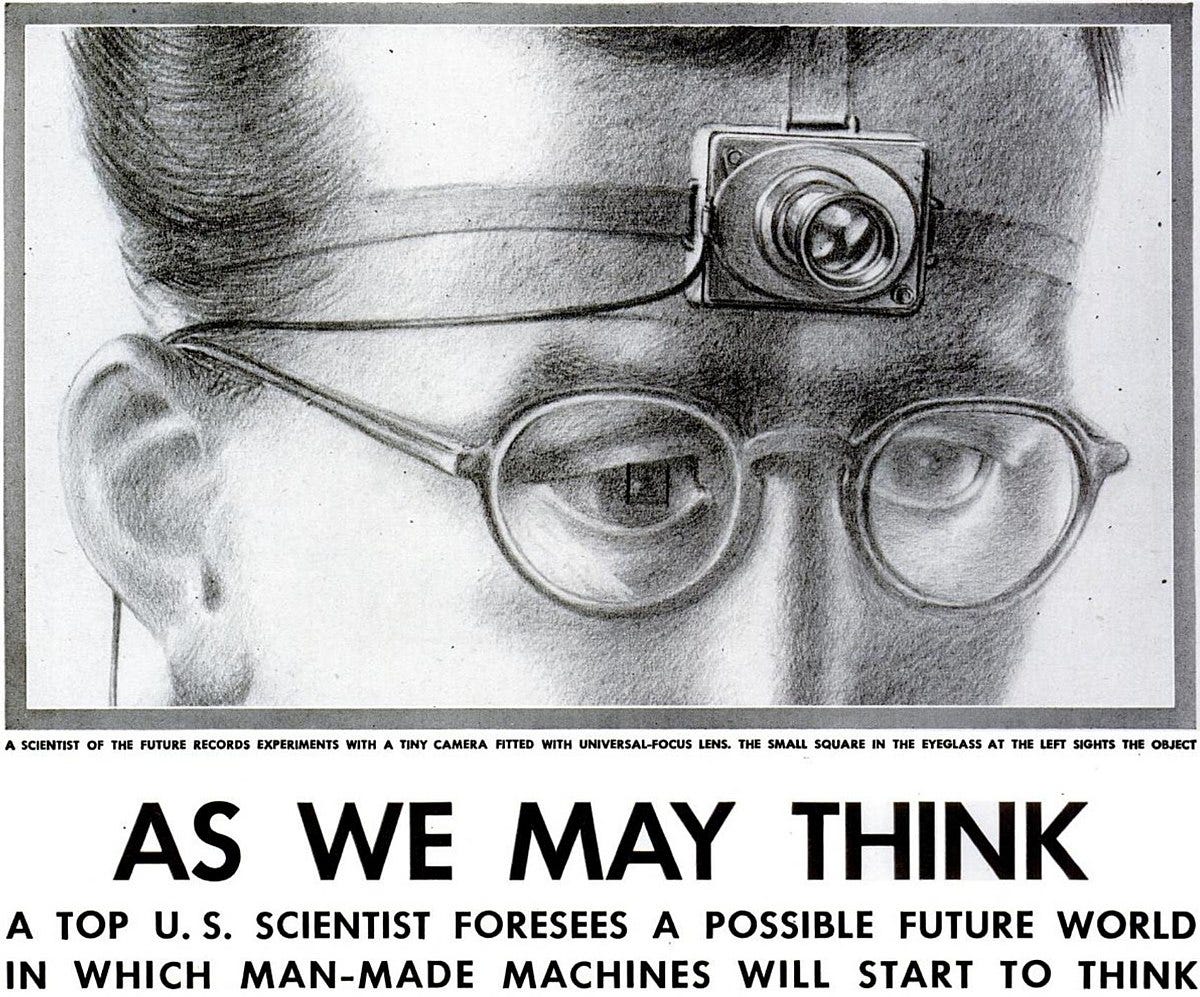
In this piece, you will discover:
How the core problems of our industry information overload, tool obsession and failed projects were accurately predicted nearly 80 years ago.
Why the most crucial shift isn't to new technology, but from rigid "indexing" to the human-centric "associative thinking" that powers real innovation.
Who the "Trailblazer" is, the professional who masters this mindset and how their approach, blending science and philosophy, is the key to building things that actually work and have lasting value.
Act I: The Ghost of the Past
In 1945, as the world emerged from the shadow of one war and stepped into the dawn of the atomic age, a man named Vannevar Bush felt a great disturbance in the Force. Bush was no Jedi Knight, but as the head of the U.S. Office of Scientific Research and Development, he coordinated the work of six thousand scientists.
He was a Yoda-like figure who had seen the power of organized knowledge change the world. A man predicted our information chaos 80 years ago and…
…the solution he proposed wasn’t about more technology, but a different way of thinking.
It’s a lesson we still haven’t learned.
His primary concern was that humanity’s ability to generate information was drastically outpacing its ability to find meaning within it. He saw a "growing mountain of research" and worried that we were becoming "bogged down" by the sheer volume of it.
The modern professional’s lament, "I can't keep up", was already being voiced eighty years ago. Bush described how the "investigator is staggered by the findings and conclusions of thousands of other workers," findings he simply could not "find time to grasp, much less to remember".
This wasn't just an inconvenience; it was a catastrophe in the making. He recounts the now-famous story of how "Mendel's concept of the laws of genetics was lost to the world for a generation because his publication did not reach the few who were capable of grasping and extending it."
This led him to a chilling conclusion: catastrophes like this were undoubtedly being repeated all around, as "truly significant attainments become lost in the mass of the inconsequential."
If Bush's world was a growing mountain, ours is a supermassive blackhole of content, sucking in our attention with the gravitational pull of a million notifications. We live in the age of the Empire of Chaos. The academics, surrounded by endless papers and the corporate drone, drowning in useless dashboards and frantic Slack pings, are living in the same galaxy of pain.
They share the same malady, scaled up to an absurd degree. The problem he identified isn't just about better storage or faster searches.
It's a deeper and more fundamental challenge that today touches on fields like epistemology and semiotics.
The solution he hinted at hints directly at modern concepts like graph databases, ontologies, and semantic modeling. He saw that the future belonged not to those who could simply store information, but to those who could build meaningful trails through it.
Act II: The Revenge of the Hypes
Vannevar Bush dreamed of the "what". He spoke of instruments that could give man "access to and command over the inherited knowledge of the ages". He envisioned thermionic tubes, photocells and faster photography as the building blocks.
And in that respect, we didn't just fulfill his dream, we launched it into hyperspace. His "Encyclopaedia Britannica in a matchbox" is laughably oversized compared to a modern microSD card. We have achieved his hardware vision a thousand times over.
But in our obsession with building faster starships, we forgot to learn how to navigate. This has led to a corporate galaxy filled with archetypes of dysfunction. Meet the "Data Engineer" who is a master of one specific tool but whose knowledge of data modeling or foundational logic is as deep as Jar Jar Binks' understanding of military tactics.
Then there’s the "Data Architect", like the braggarts in the Mos Eisley cantina. Their resume reads like a galactic wanted list of buzzwords from every corner of their favorite cloud provider's ecosystem.
They swagger in, promising cutting-edge solutions, much like a certain surgeon wanted on twelve systems boasts of their dubious skills. But instead of mending wounds, they stitch fragmented, ill-conceived architectures, prone to exploding at the slightest provocation, leaving a trail of tech debt. You might just find yourself wishing you hadn't gotten involved at all.
Finally, we have the "Kaminoan Projects": technically impressive feats of engineering, delivered fast, that completely miss the strategic "why", becoming our own corporate Order 66, waiting to backfire.
In our rush to build the world Bush envisioned, we got it backwards. He wanted tools to augment and extend human thought. Instead, we have built a culture that uses tools as a substitute for it. We built more powerful blasters that consistently miss the target. The result is a galaxy of failed projects, frustrated professionals and a profound sense of having all this power with no idea how to wield it wisely.
Act III: A New Hope
The chaos of Act II is not an inevitability; it is a choice. The secret to destroying the Death Star of modern data dysfunction lies in Bush's core insight about our own minds.
After detailing all the marvelous gadgets one could build, he pivots to the real problem: selection.
He dismisses standard methods as clumsy because "When data of any sort are placed in storage, they are filed alphabetically or numerically...one has to have rules as to which path will locate it and the rules are cumbersome." Then, he delivers the single most important line of his work, the key to everything:
"The human mind does not work that way. It operates by association"
This is the nature of the Force. The "indexing" method is the Dark Side: rigid, orderly and seductive in its simplicity, but ultimately limited and brittle. It’s the logic of a battle droid.
Association, however, is the Light Side: it’s the web of intricate trails of thought, the intuitive leaps, the connections that form the very fabric of understanding. It is not about filing data; it is about connecting it in a way that creates a "new book" from existing items.
The choice we face today is not between Cloud Provider A or B, but between building systems that think like filing cabinets or building systems that are modeled on the associative, networked structure of the human mind.
If association is the Force, then who is the Jedi? Bush named them.
He predicted the rise of a new skill
"The trailblazer" professionals who "find delight in the task of establishing useful trails through the enormous mass of the common record". This is the hero of our story. They understand the difference between having a lightsaber and being a Jedi.
Many have the saber, few understand the Force!
The Trailblazer is the one who wields the weapons of that "light path", they understand Epistemology, asking, "How do we know what we know?", they master Semantics and Ontologies to define meaning, and they use Graph Databases because they are the native expression of the mind's associative nature. They provide the "entire scaffolding" of their thought process for others to follow, ensuring knowledge is not just created, but passed on.
We have built a civilization so complex that, as Bush warned, "man needs to mechanize his record more fully if he is to push his experiment to its logical conclusion." Technology alone is a lightsaber in the hands of a child, dangerous and without purpose. The next great leap for our industry will not be a new tool. It will be the rediscovery of a mindset. It will be the rise of the Trailblazers.
Bush left us the map eighty years ago.
To truly honor his vision and escape the beautiful, high-tech trap we've built for ourselves, we must do more than just think with our new machines. We must first stop, reflect and choose a better path. It is time for us, as an industry and as thinkers, to decide how We may (Re)Think.
Resources
As we may think – Vannevar Bush - 1945
https://web.mit.edu/sts.035/www/PDFs/think.pdf
Other references/notes: [1], [2], [3], [4], [5]
Author Connect
Find me on LinkedIn 🙌🏻
More from MD101 🧡
The State of Data Products, Q2 2025
Last quarter had so much piled up in the world of Data Products! The challenges of GenAI implementations, what VCs and Founders are saying, deriving the role of data solutions for GenAI, the vision of Data Platforms and Design Principles, “Operating Systems ” for GenAI, and so much more!



